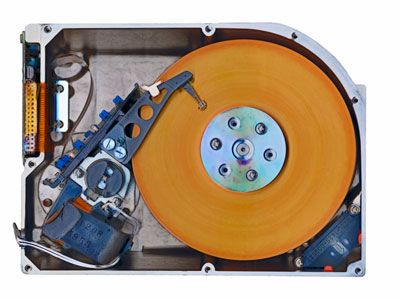In our previous example, we picked out all the repeated words and put those in a dictionary. To us, this is the most obvious way to write a dictionary. But a compression program sees it quite differently: It doesn't have any concept of separate words — it only looks for patterns. And in order to reduce the file size as much as possible, it carefully selects which patterns to include in the dictionary.
If we approach the phrase from this perspective, we end up with a completely different dictionary.
If the compression program scanned Kennedy's phrase, the first redundancy it would come across would be only a couple of letters long. In "ask not what your," there is a repeated pattern of the letter "t" followed by a space — in "not" and "what." If the compression program wrote this to the dictionary, it could write a "1" every time a "t" was followed by a space. But in this short phrase, this pattern doesn't occur enough to make it a worthwhile entry, so the program would eventually overwrite it.
The next thing the program might notice is "ou," which appears in both "your" and "country." If this were a longer document, writing this pattern to the dictionary could save a lot of space — "ou" is a fairly common combination in the English language. But as the compression program worked through this sentence, it would quickly discover a better choice for a dictionary entry: Not only is "ou" repeated, but the entire words "your" and "country" are both repeated, and they are actually repeated together, as the phrase "your country." In this case, the program would overwrite the dictionary entry for "ou" with the entry for "your country."
The phrase "can do for" is also repeated, one time followed by "your" and one time followed by "you," giving us a repeated pattern of "can do for you." This lets us write 15 characters (including spaces) with one number value, while "your country" only lets us write 13 characters (with spaces) with one number value, so the program would overwrite the "your country" entry as just "r country," and then write a separate entry for "can do for you." The program proceeds in this way, picking up all repeated bits of information and then calculating which patterns it should write to the dictionary. This ability to rewrite the dictionary is the "adaptive" part of LZ adaptive dictionary-based algorithm.
No matter what specific method you use, this in-depth searching system lets you compress the file much more efficiently than you could by just picking out words. Using the patterns we picked out above, and adding "__" for spaces, we come up with this larger dictionary:
- ask__
- what__
- you
- r__country
- cando__for__you
And this smaller sentence: "1not__2345__—__12354"
The sentence now takes up 18 units of memory, and our dictionary takes up 41 units. So we've compressed the total file size from 79 units to 59 units! This is just one way of compressing the phrase, and not necessarily the most efficient one. (See if you can find a better way!)
So how good is this system? The file-reduction ratio depends on a number of factors, including file type, file size and compression scheme.
In most languages of the world, certain letters and words often appear together in the same pattern. Because of this high rate of redundancy, text files compress very well. A reduction of 50 percent or more is typical for a good-sized text file. Most programming languages are also very redundant because they use a relatively small collection of commands, which frequently go together in a set pattern. Files that include a lot of unique information, such as graphics or MP3 files, cannot be compressed much with this system because they don't repeat many patterns (more on this in the next section).
If a file has a lot of repeated patterns, the rate of reduction typically increases with file size. You can see this just by looking at our example — if we had more of Kennedy's speech, we would be able to refer to the patterns in our dictionary more often, and so get more out of each entry's file space. Also, more pervasive patterns might emerge in the longer work, allowing us to create a more efficient dictionary.
This efficiency also depends on the specific algorithm used by the compression program. Some programs are particularly suited to picking up patterns in certain types of files, so they may compress them more succinctly. Others have dictionaries within dictionaries, which might compress efficiently for larger files but not for smaller ones. While all compression programs of this sort work with the same basic idea, there is actually a good deal of variation in the manner of execution. Programmers are always trying to build a better system.


